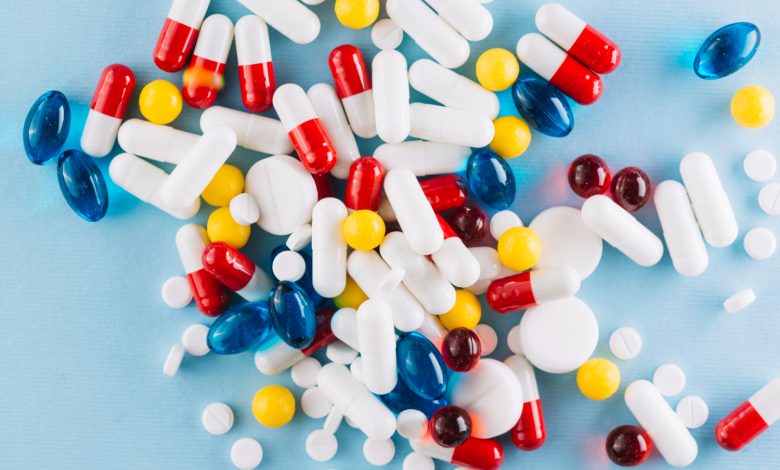Mastery of Precision: The Fill and Finish Service in Biologic Drug Production

The fill and finish service in biologic drug production encapsulates the confluence of precision, technology, and stringent quality control, ensuring that each vial of medicine is safe, effective, and ready for administration to patients. This process, while technically demanding and complex, underscores the pharmaceutical sector’s unwavering commitment to patient safety and product quality.
As biologic drugs continue to represent the frontier of therapeutic innovation, the mastery of the fill and finish process will remain a critical determinant of success in delivering life-saving treatments to the global population.
The Fill and Finish Process: A Symphony of Precision
The journey begins with the sterilization of vials, which are to house the biologic drug. Utilizing methods such as dry heat, steam, or radiation, this step ensures that each container is free from microbial contamination, creating a sterile environment for the drug product.
The core of the process, filling, involves the precise allocation of the biologic drug into individual vials. This step requires exceptional accuracy to ensure each vial contains the correct dosage. Advanced technologies, including peristaltic pumps and piston fillers, are employed to achieve this precision, all while maintaining the integrity of the sensitive biologic substance. Read more: Sterille Fill & Finish Contract Manufacturing of Biologics
Once filled, the vials undergo stoppering and capping to seal the drug within a sterile environment. This not only protects the product from external contamination but also ensures the drug’s stability and longevity. The stoppering and capping process must be seamlessly integrated into the sterile workflow to maintain the aseptic conditions.
Following sealing, each vial is subjected to rigorous inspection to identify and remove any units that do not meet the stringent quality standards. This inspection can be visual or automated, focusing on detecting particulate matter, fill level accuracy, and seal integrity. Ensuring each vial passes this inspection is crucial for patient safety and regulatory compliance.
The inspected vials are then prepared for distribution through secondary packaging, which provides additional protection and user information. This stage includes the insertion of vials into boxes, labeling, and the inclusion of package inserts. The packaging design plays a key role in product stability during transportation and storage, as well as in patient compliance and education.
In an era where drug authenticity and supply chain integrity are paramount, serialization – the assignment of a unique identifier to each drug package – becomes indispensable. This step enhances traceability, enabling the tracking of the product from production to patient, combating counterfeit drugs, and facilitating recall processes if necessary.
The Significance of Sterile Conditions
The overarching challenge of the fill and finish process in biologic drug production is maintaining sterile conditions throughout each step. Biologics, due to their complex nature and sensitivity to environmental changes, demand an uncompromising commitment to asepsis. The integration of advanced cleanroom technologies, sterile handling practices, and environmental monitoring ensures that the fill and finish process upholds the highest standards of sterility.





